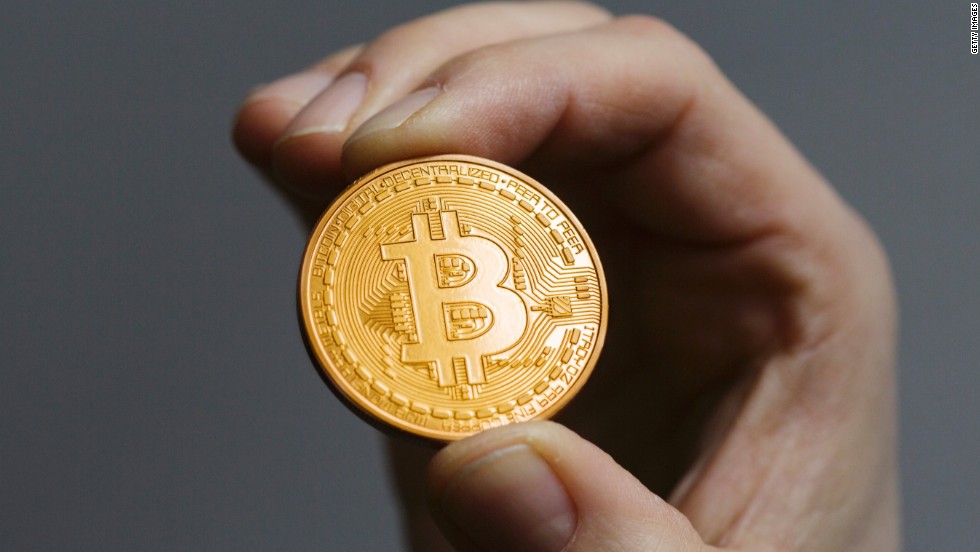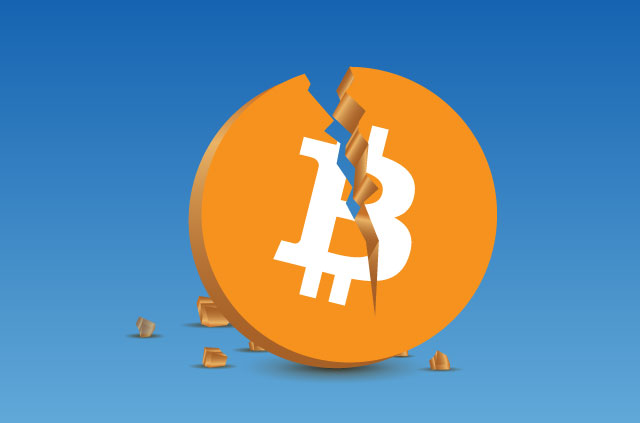

What are cryptoassets (cryptocurrencies)?
KnowledgeBank
What are cryptoassets?
There are thousands of different types of cryptoassets out there – or as you might know them, cryptocurrencies. You’ve probably heard of a few – Bitcoin, Ripple, Litecoin and Ethereum have all been mentioned in the news recently. But what exactly is it?
Well, let’s start by breaking down the word ‘cryptocurrency’. The first part of the word, ‘crypto’, means ‘hidden’ or ‘secret’ reflecting the secure technology used to record who owns what, and for making payments between users.
The second part of the word, ‘currency,’ tells us the reason cryptocurrencies were designed in the first place: a type of electronic cash.
But cryptocurrencies aren’t like the cash we carry. They exist electronically and use a peer-to-peer system. There is no central bank or government to manage the system or step in if something goes wrong.
Some people find this appealing because they think they have more control over their funds but in reality, there are significant risks. With no banks or central authority protecting you, if your funds are stolen, no one is responsible for helping you get your money back.
How is cryptocurrency created?
- Different cryptocurrencies are created in different ways. One you may have heard of is mining, this is how bitcoins are created. Bitcoin miners check for transactions on the network, this is where users send and receive bitcoins or store the digital currency. Then they work out complicated mathematical puzzles using extremely powerful computers to find out if the transactions are valid. If they are valid, the miners record them on a public log of who owns what. Miners are paid for doing this in new bitcoins. This log is known as the distributed ledger. You may have heard of the term distributed ledger technology, that’s what it means. The ledger is called the block chain because as transactions are validated they are bundled up into blocks, which are then added to the end of the ledger. Each block includes a reference to the previous one, linking them all together in a long chain. Linking blocks together in this way makes it very difficult to tamper with the ledger. Someone trying to cheat the system would need to get more computing power than all the miners put together. This means bitcoin and similar platforms are very secure. But also very expensive to run.
What can you buy with cryptocurrency?
Put it this way, you wouldn’t use cryptocurrency to pay for your food shop. In the UK, no major high street shop accepts cryptocurrency as payment.
It’s generally slower and more expensive to pay with cryptocurrency than a recognised currency like sterling.
Development is underway to make cryptocurrency easier to use, but for now it isn’t very ‘money-like’. This is why central banks now refer to them as “cryptoassets” instead of “cryptocurrencies”.
Today cryptocurrencies are generally held as investments by people who expect their value to rise.
Some cryptocurrencies have risen in value but many have dropped considerably. As the graph below shows, they are extremely unpredictable. Even if you compare them to other unstable assets such as oil.
How unpredictable is the value of cryptocurrency?
The answer is, very. Let’s use Bitcoin as an example.
From to the beginning of , oil prices didn’t change by more than 10% in one day unlike the value of Bitcoin which changed significantly – rising by 65% in one day and falling by 25% on another.
Huge changes like these show how volatile cryptocurrencies are (and Bitcoin is one of the more stable ones). They’re a very risky investment.
If you’re thinking of investing in one you need to be prepared for your investment to go up or down. It’s even possible its value could fall to zero… making it worthless.
-
-
-